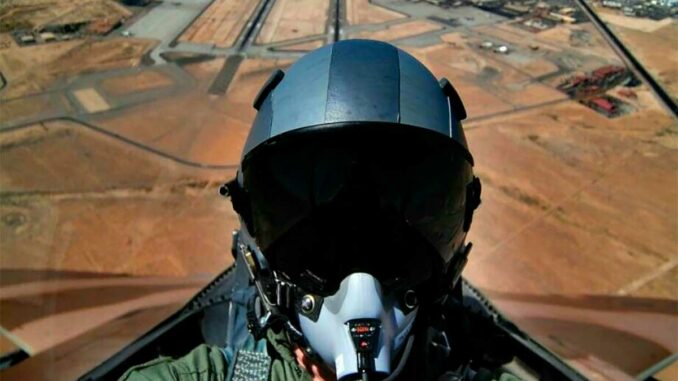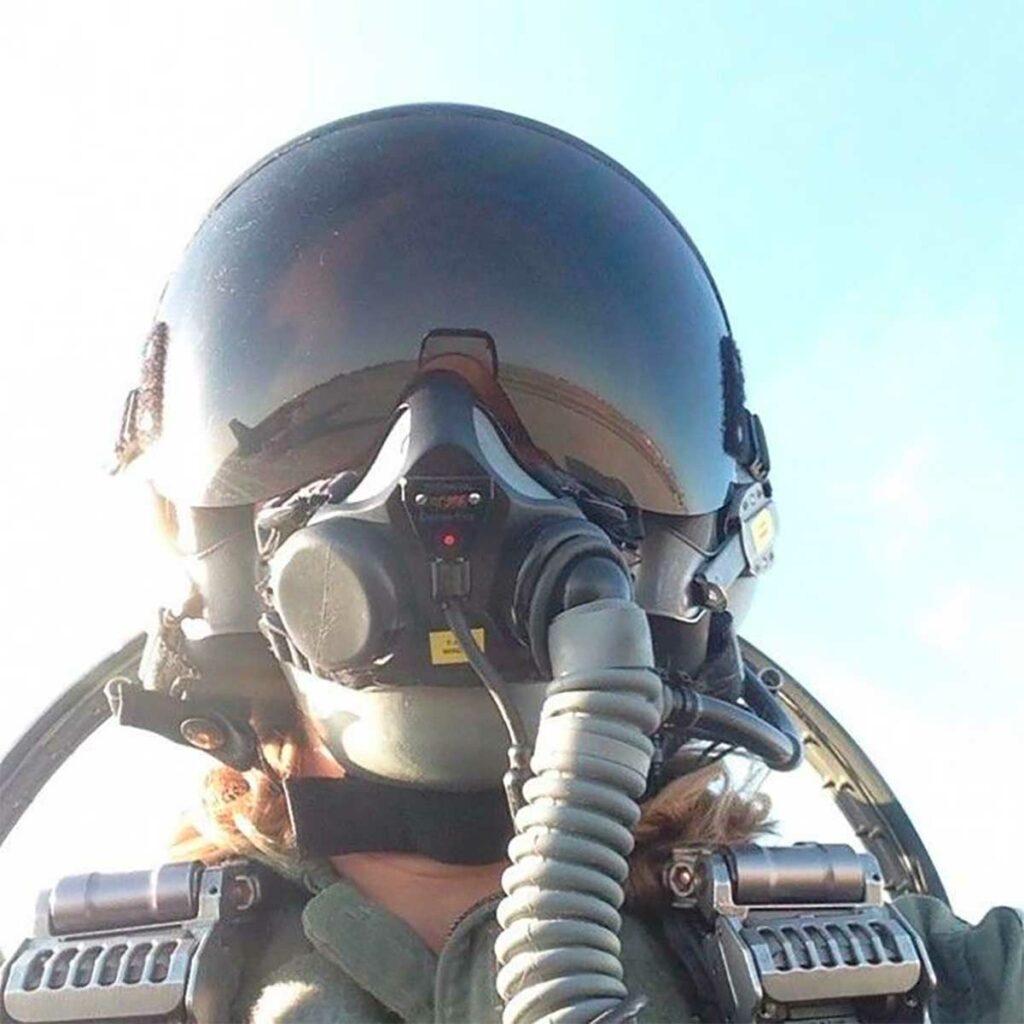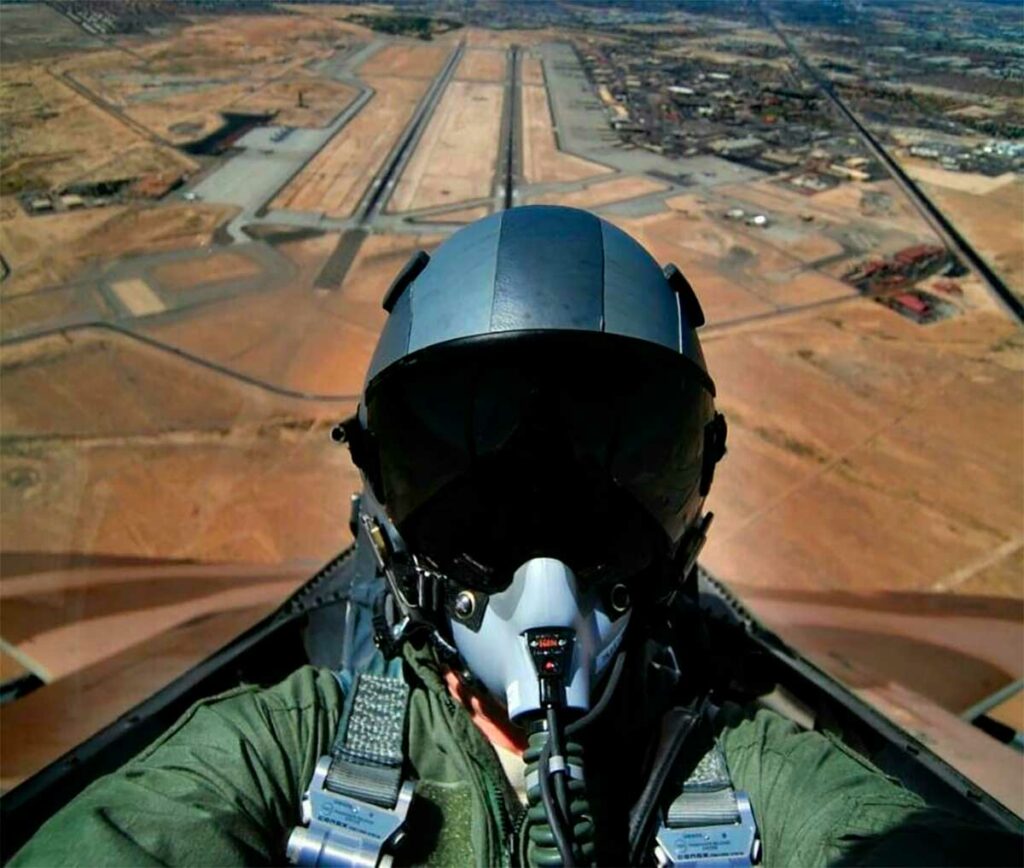
How are fighter pilots trained to react in flight in the event of complete loss of electronic systems? A technical and operational approach.
In a combat environment or during training flights, a fighter pilot may be confronted with total electronic failure. In a modern cockpit filled with screens, computers, and interconnected systems, the simultaneous loss of all onboard electronic equipment is a critical event. However, air forces are prepared for this eventuality. Fighter pilot training includes specific modules designed to ensure that pilots are able to handle this type of failure without digital assistance. These skills are based on mechanical reflexes, codified procedures, and a solid aeronautical culture. By reverting to so-called “degraded” flight methods, pilots must maintain control, make quick decisions, and sometimes improvise, within the limits of what the airframe allows. This article details how these training courses are designed, delivered, and adapted to current technology.

Training based on a return to the fundamentals of flight
Visual flight, mechanical instruments, and management without digital systems
The first doctrinal response to an electronic failure is to return to degraded flight. In this context, pilots are trained to fly with a minimum of instruments, often analog. Even the most recent aircraft, such as the Rafale or the F-35, have mechanical or electromechanical redundancies, such as an autonomous gyroscopic horizon or a speed indicator independent of the main screens.
At schools such as the École de l’air in Salon-de-Provence and the USAF Pilot Training in Texas, the first few months are focused on training aircraft with partially analog cockpits. The aim is to ingrain manual reflexes. For example, during a flight without electronic assistance, the pilot will have to estimate their position using topographical landmarks, calculate their heading taking into account the wind, and manage their altitude without a digital attitude indicator.
On average, a fighter pilot cadet completes more than 200 hours of flight time during their initial training, some of which is under the direct supervision of military instructors on simulators and in actual flight, to reproduce scenarios involving the loss of electronic systems. In the simulator, total failure is often introduced without warning to observe the pilot’s ability to maintain a stable attitude, monitor their speed (in the event of loss of the integrated Pitot probe), or perform an emergency return maneuver to a safe location.
This training emphasizes the 3C method: Control, Climb, Communicate — i.e., stabilize the aircraft, climb to a safe altitude, then attempt to reestablish communications or initiate an emergency plan. If this fails, the return to the ground depends on the ability to follow a visual procedure or integrate into the circuit according to VFR rules, even for a combat aircraft.
Intensive simulator training for complex scenarios
Combined failure simulation and multi-system emergency procedures
Full Mission Simulators (FMS) have become the core element of fighter pilot training for extreme scenarios. These simulators faithfully reproduce the cockpits of F-16, Rafale, Eurofighter, and Gripen aircraft, with 6-axis movement, 360° projection, and programmed scenarios. Instructors can simulate in real time a complete electronic failure combined with a loss of propulsion, a fire, or a landing gear failure.
The purpose of this training is to force the pilot to prioritize actions: maintain lift, ensure trajectory, manage vital priorities, and attempt a partial system recovery. In US Navy training, for example, an F/A-18 pilot undergoes an average of 60 hours of simulation per year devoted exclusively to emergency situations. In France, the DGA standard requires a minimum of 40 hours of simulated flight in degraded conditions per year.
Pilots are trained to use electronic “emergency shelters,” including the independent standby display, powered by a backup battery. In the event of a complete loss, there is often a VHF emergency radio powered by a separate source. Interaction with air traffic controllers is then essential to receive radar vectors or initiate a radar-guided recovery by escort.
The use of portable mission systems, such as tablets or non-integrated electronic charts, also allows modern pilots to have a parallel flight plan that can be consulted outside the main system. Armies such as those of Germany and Canada have been incorporating this into their advanced training since 2017.
A culture of redundancy and mental autonomy
Cognitive resilience, checklist memorization, and stress training
In the event of a total failure, the pilot’s success depends in part on their mental resources. Fighter pilot training includes a significant cognitive preparation component, with exercises in memorizing emergency checklists, stress resistance tests, and centrifuge sessions.
In France, the Center for Aviation Medicine in Brétigny-sur-Orge evaluates pilots on their ability to maintain rapid decision-making in highly stressful environments. On average, the expected reaction time for initiating an emergency procedure (electrical failure, engine fire, disorientation) must be less than 6 seconds.
Critical checklists are learned by heart. For example, a Rafale pilot must memorize the order: battery – fuel – avionics – alternator before attempting to restart. If these procedures fail, the pilot must assess their options: attempt to return, divert, or controlled ejection.
Resilience is also developed through two-person flight exercises. A teammate can assist with navigation, guidance, or tactical evacuation. This approach is systematically practiced in operational squadrons such as the 1/2 Cigognes in Luxeuil or the 30th Fighter Squadron of the USAF.
Finally, electronic system failure can be caused by enemy jamming or an EMP (electromagnetic pulse). In this case, the pilot must consider the failure to be hostile and adapt their flight path according to the persistent threat.

Operational and strategic consequences that should not be overlooked
Aircraft losses, system fragility, and limitations of current doctrines
Electronic failures are not just exceptional occurrences. Since 2000, at least 12 documented accidents in NATO have been primarily caused by the loss of avionics systems with no possibility of recovery. In 2018, a Spanish F/A-18 crashed after a combined failure at the Zaragoza base. In 2022, a Rafale M had to return to Landivisiau after a failure of its main alternator, with the HUD and MFD screens cutting out.
The proliferation of interconnected systems, often via digital buses such as MIL-STD-1553 or ARINC 429, increases the risk of total failure in the event of a power failure, software error, or cyberattack. Current doctrines, which are highly dependent on onboard electronics, make failure training crucial to ensuring fleet resilience.
Plans for a partial return to hybrid cockpits are being studied. The British Tempest program, for example, envisages fully digital interfaces, but backed up by a minimal electromechanical system allowing the aircraft to return to base in the event of a critical failure.
In a context of increased electronic warfare, armed forces must anticipate not only technical failures, but also technology-free combat scenarios. Training pilots to fly without screens is no longer a tradition, but an operational necessity.
War Wings Daily is an independant magazine.